As a proud resident of Sussex, I had to laugh when I heard that Facebook had threatened to ban references to Devil’s Dyke — the 100-metre-deep South Downs valley which has been a tourist attraction since Victorian times — for ‘violating community standards on hate speech’. The touchy bots even slapped a 48-hour ban on a man who posted a photo of a bus bearing the beauty spot’s name as a destination with the caption ‘Heading up to the Dyke’.
It’s nutty, but it sparked a serious thought: where have all the lesbians gone? Just the other week the lesbian Joanna Cherry was sacked as the SNP’s Westminster spokesperson for not being ‘inclusive’ enough over the issue of gender recognition. ‘Things have moved forward some since the 1980s,’ her erstwhile colleague Kirsty Blackman snarked. To which Cherry magnificently responded: ‘I’ll ignore the ageism as I wouldn’t expect a privileged young straight woman to know what it was like for lesbians in the 1980s.’
To some extent, lesbians decided to retreat from placard-waving. They only ever wanted to be free to do what others do: not be sacked or spat upon for their sexual preferences. Even more than straight women, they were keen on settling down. (‘What does a lesbian bring on the second date?’ ‘A U-Haul!’) Still, the fact that there are only thought to be 16 lesbian bars in the USA (down from 200 in the 1980s) is shocking.
I’ll come clean; I love lesbians. For a provincial schoolgirl, they embodied all that was free and modern about the louche life, from Natalie Barney’s Sapphic salons in 1900s Paris to the ‘Sewing Circle’ of Hollywood’s Golden Age. Along with being a famous writer and a drug fiend, I had high hopes that I might become a lesbian, Sadly, when I did get around to trying it on for size in my flirty thirties, I only lasted a few months before running off with my girlfriend’s kid brother. I lack two crucial elements which lesbians generally prize: decency and devotion.
But as a fan of lesbians, I’ve watched their recent erasure with some dismay. It’s happened alongside the erasure of women, now ‘uterus-havers’ and ‘menstruators’. It was something of a shock, watching the Channel 4 show It’s A Sin, to see that they were also absent from a recreation of London’s 1980s gay scene. ‘I wish I could have paid tribute to the lesbians’ ran a Diva magazine headline about its writer, Russell T. Davies. Well, why didn’t you, then? My friend Rose Collis — the writer, performer and lesbian activist whose film The Boy and The Bear is available on YouTube next month — said: ‘It does a great disservice to women like me who campaigned, wrote, and mourned our gay brothers. I just cannot understand how a drama set in the London lesbian and gay community of the 1980s fails to have any actual lesbians in it — now that’s a sin.’
The fashionable stance for today’s alleged feminists is to subscribe to a form of feminism which firmly centres on men. Think of the embarrassingly named ‘HeForShe’ movement as promoted by the actress Emma Watson (the same Emma Watson who rounded on J.K. Rowling) or the celebrities drooling over President Joe Biden when on his first day in office he signed an executive order eroding women’s sex-based rights.
The rise of Queer (adopted by every boring blue-haired wallflower in Christendom regardless of genital preference) and of the porn-addled ‘woke bros’ has seen the marginalisation of lesbians who, by their very nature, cannot centre men in either their political or personal lives. At the London Pride march in 2018 there was a kerfuffle when a group of lesbians calling themselves Get The L Out (refusing their serving of the LGBTQIA alphabet soup) barged to the front of the carefully curated conga line having issued a statement: ‘We believe that lesbian rights are under attack by the trans movement and we encourage lesbians every-where to leave the LGBT.’
There’s a good chance that the common sense and modest demands of lesbians may outlive the mewling of their haters. But for now the situation remains dismal. It seems that if Sapphism isn’t performed pornographically, it’s not valid. A recent development in popular culture — which no doubt some straw-graspers will point to as inclusive — is the introduction of lesbian schoolgirls into soap operas; but if that isn’t straight out of Porn 101, I don’t know what is. It appears that after a few brief shining hours of free speech, women who love women are allowed to be obscene but not heard.
Got something to add? Join the discussion and comment below.
Get 10 issues for just $10
Subscribe to The Spectator Australia today for the next 10 magazine issues, plus full online access, for just $10.
You might disagree with half of it, but you’ll enjoy reading all of it. Try your first month for free, then just $2 a week for the remainder of your first year.


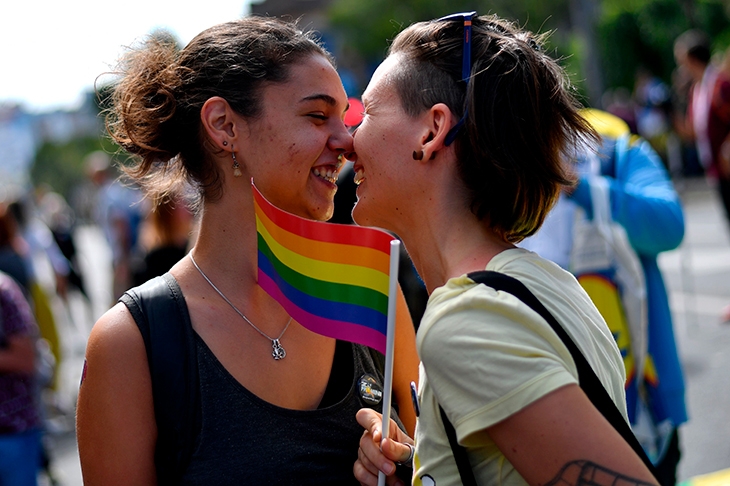
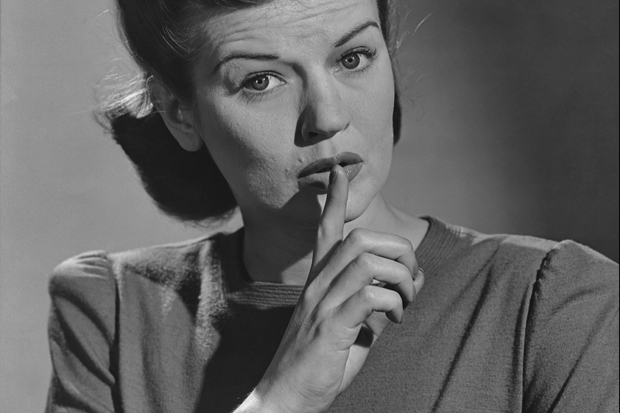
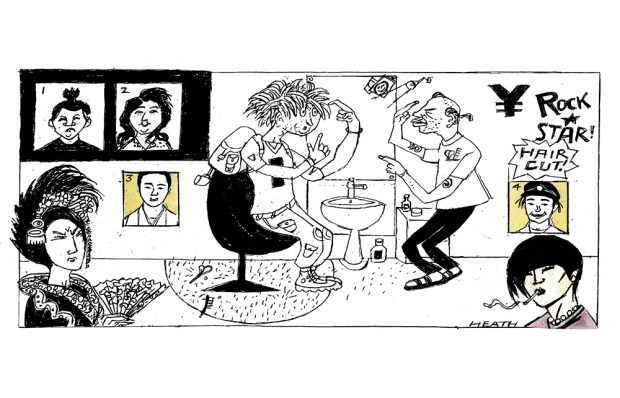
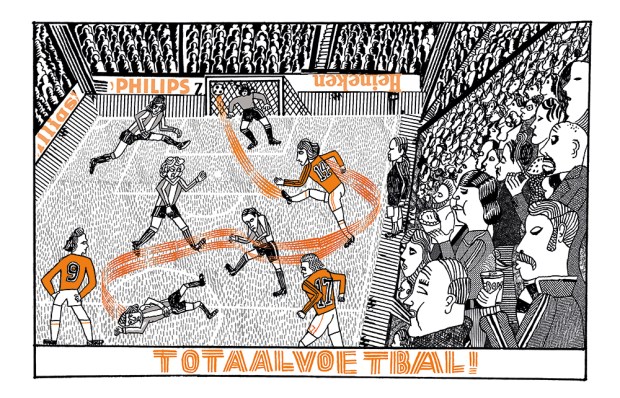
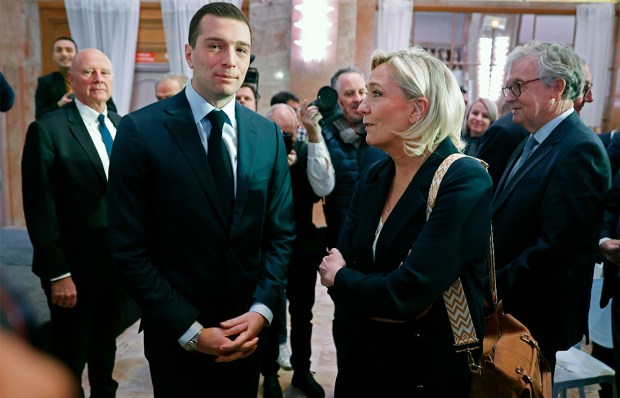

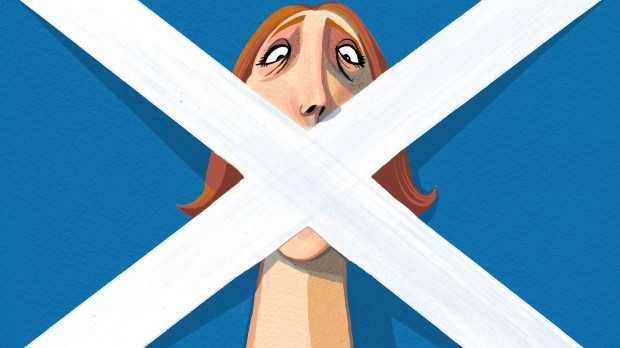






Comments
Don't miss out
Join the conversation with other Spectator Australia readers. Subscribe to leave a comment.
SUBSCRIBEAlready a subscriber? Log in